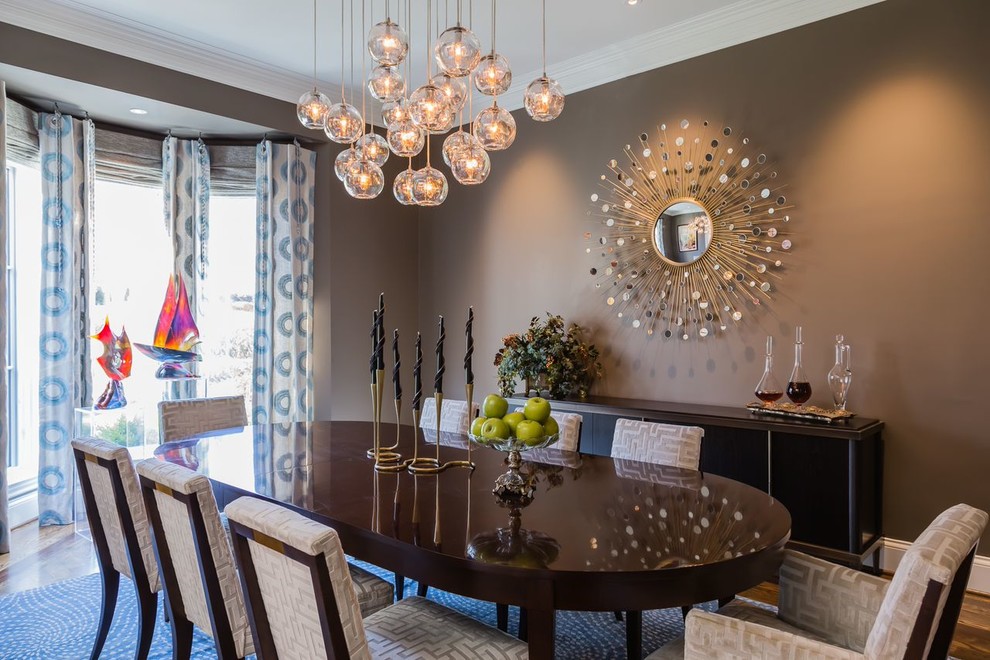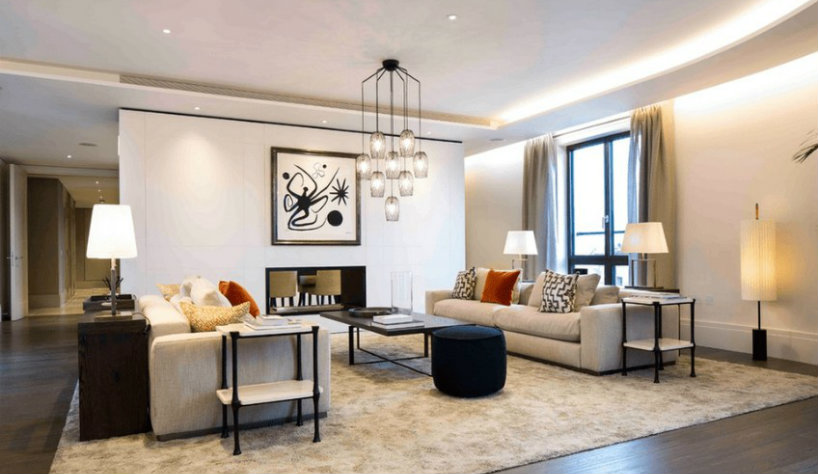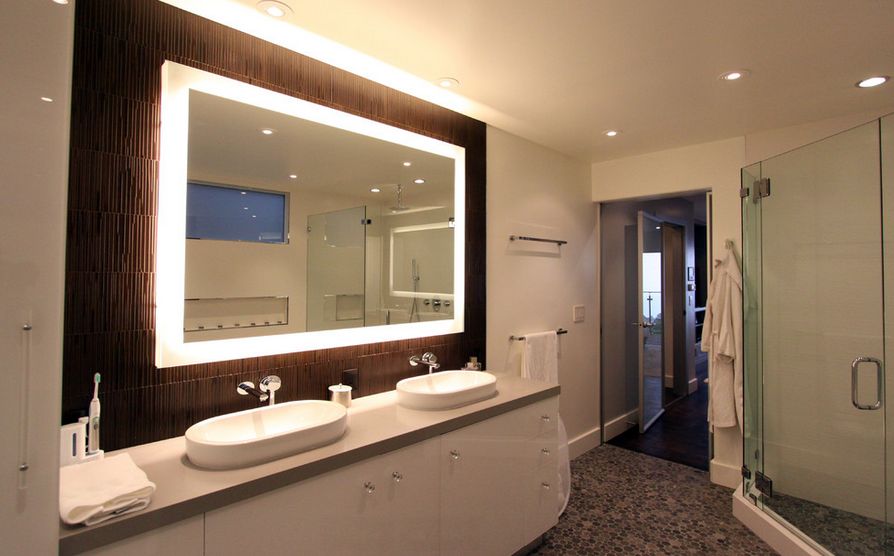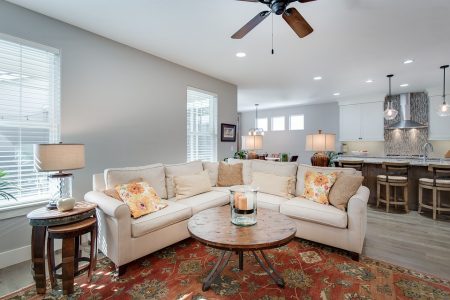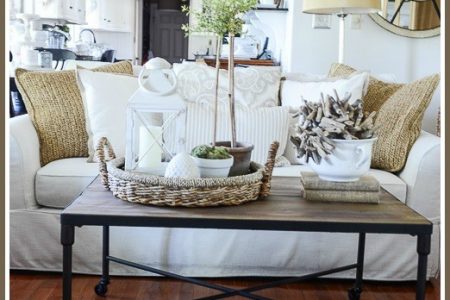Lighting designs have a crucial part to play in the creation of a good atmosphere and in the ambiance adjustment of indoor spaces. Thus, it is imperative to understand the purpose of each type of light source available and the specific requirements it fulfills in a well-executed home lighting plan. Here are some helpful tips that can help you choose the right lighting fixtures for your home.
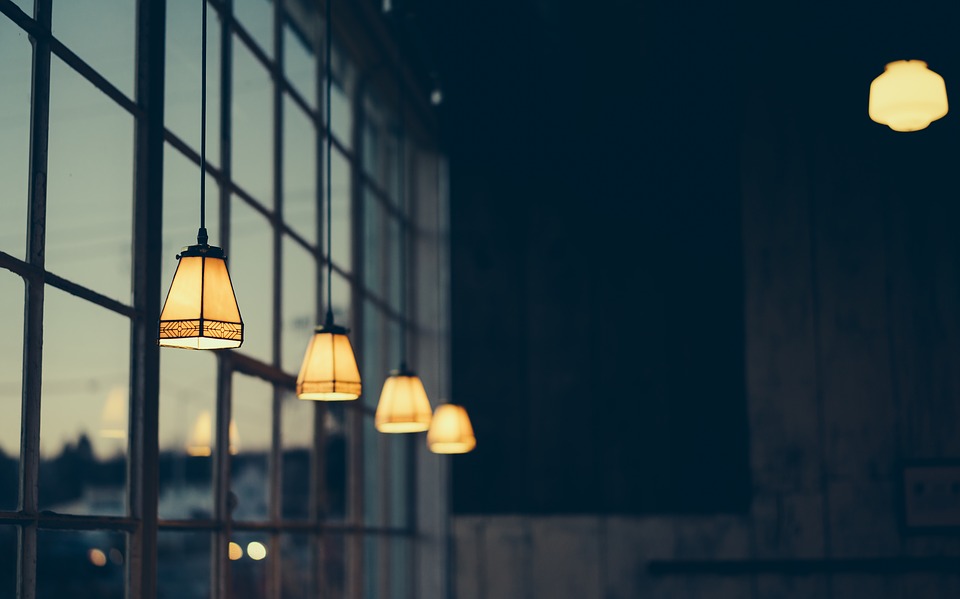
A common mistake in lighting is to assume that a single type of lighting is sufficient to assemble an entire room. This is far from being true. In fact, lighting functions best when used in layers. There are three main types of interior lighting that you should consider, and ideally every room will have them all. This includes:
- Task: As the name implies, task lighting is used to help you perform a particular function. These can be desk lamps or lamps suspended above a kitchen island.
- Ambient: Also called general lighting, ambient light fills most of the room and enables you to move around safely. It usually comes from recessed lighting, track lighting, or wall-mounted fixtures.
- Accent: Accent lighting is used to highlight a particular point, such as wall art. Luminaires, wall sconces, or track lighting are common, and dimmers are often used on these items to provide ambient lighting.
Now that you know your different lighting options, it’s time to decide how and where to place your light sources in each room. If you have no idea where to start, use these room-by-room guide for inspiration:
1) Entryway
The entrance is the first place your guests will see in your home, which means you will want to make it friendly and welcoming. Don’t choose a bunch of work lamps and accent lamps to light specific areas of the room. Instead, try installing a chandelier in the middle of the ceiling (this works well with high ceilings). If you don’t have a high ceiling, that’s okay. Try to look for lighting fixtures that set a warm tone.
2) The Dining Room
The dining room needs a light strong enough for you to converse and eat comfortably at the table; that doesn’t mean you have to go out and buy LED lamps!
Instead, place a chandelier in the middle of the dining room table. If you don’t like a chandelier’s look, take some hanging lamps and place them above the dining room table. Remember not to take extremely low hanging lights, you don’t want to bang your head on them repeatedly!
3) The Living Room
This is an excellent place to use track or recessed lighting. If your room has a central living room, use a more massive, higher fixture to center it. Place floor lamps where needed to illuminate dark corners. Finally, if you have a sideboard or other large piece of furniture, consider adding a table lamp.
4) Bedroom
Ideally, bedrooms are equipped with a principal and overhead light source and table lamps on bedside tables or drawers’ chests.
5) Kitchen
The kitchen can be challenging to illuminate because different areas of the room require various lighting schemes. For example, you’ll want to put bright lighting over the kitchen island, but you’ll want to have dimmer lighting in the kitchen areas that are not used as often.
If you have a large sink, an open bar, or a beautiful kitchen island, pendant fixtures make the best of choices, both functionally and stylistically.
6) Bathroom
A bathroom is a place where light becomes a necessity. It is recommended to install wall lights and bright LED lights above the bathroom mirrors, as these areas are essential points in the bathroom. Be sure to place these lights at face height to get the most out of them.
Let us know if these tips have helped you with your lighting fixtures in the comments below!


